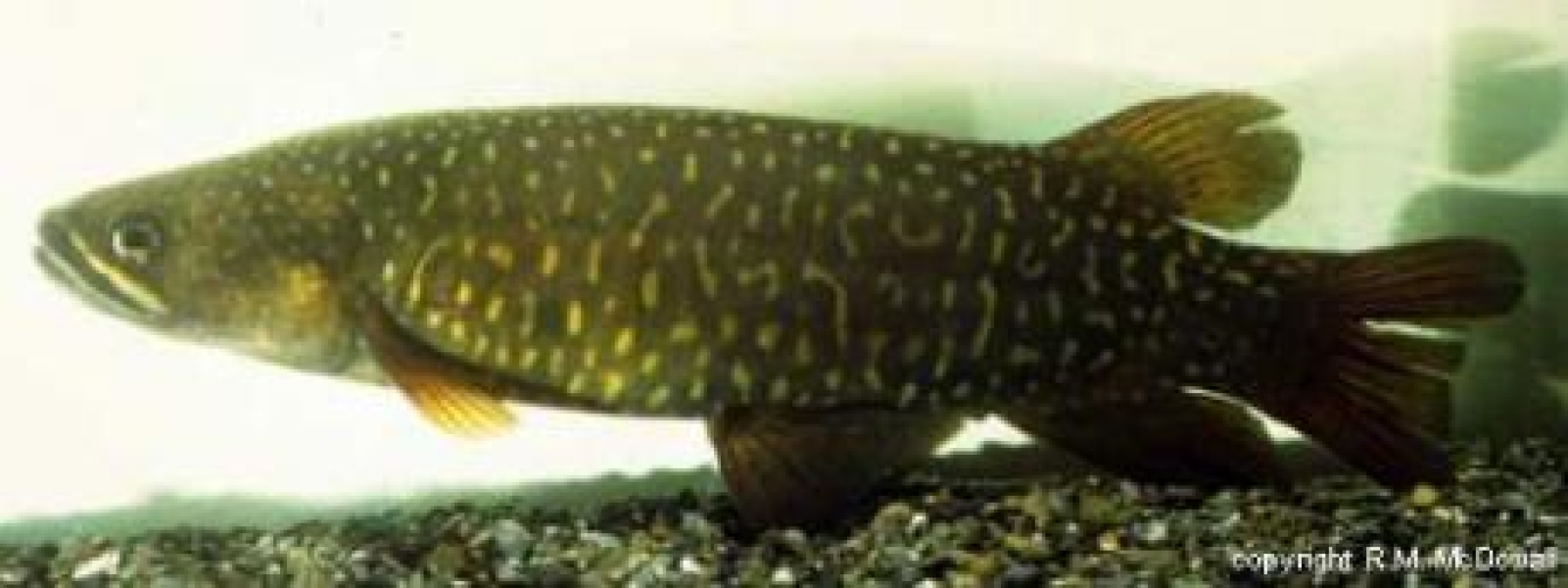The environmental effects of developing land and water for human use have decimated New Zealand's native fish fauna, but we now have the knowledge to reverse this trend and restore native fish in streams.
Introduction
New Zealand's native fish fauna is varied and unique. As with native birds and lizards, many of our indigenous freshwater fish are only found in this country and have ancient lineages.
Over the past century, these species have been steadily reduced by water pollution, overfishing, human interference with stream habitats and by introductions of exotic fish.
Although one species has become extinct (the grayling), many are now threatened and are becoming rare. Fisheries for eels and whitebait have declined.
Today, there is increasing interest in restoring stream habitats, especially in urban areas, with many restoration projects being carried out around New Zealand. However, factors other than habitat can reduce fish numbers, and there is little guidance for stream conservation groups and local authorities on what practical steps are needed to restore fish species and increase stocks. This guide provides an overview of the steps involved in freshwater fish restoration, along with a range of research-based information, tools and links.
There are three main steps in restoring fish to streams. They are:
1. Identifying the problem
Many factors can limit fish in streams, and identification of those present in your stream is required to determine the solutions (ie. what needs to be fixed).
2. Applying the right tools
The next step is to select the appropriate actions and tools needed for your restoration project. The tools you use will depend on the problems identified in Step 1. Some courses of action require resource consents and permits from local authorities - information on how to apply for these is provided.
3. Monitoring and maintenance
Monitoring and maintaining a stream site post-restoration will allow you to gauge the success of your efforts. It will also help identify which restoration methods work best. You should incorporate a monitoring and maintenance programme into your project, but ensure it is customised to the site.
-

Identifying the problem
Identifying the factors causing fish numbers to drop will allow you to determine which restoration tools you need to employ. -

Tools
The tools available for restoring native fish to streams depend on what is causing fish to decline. -

Monitoring and maintenance
Once you have identified the problem, and applied the necessary tools for restoring fish to your stream, the next phase of your project is to monitor the stream site to see whether restoration works.

